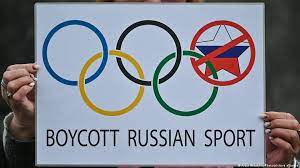Tourism in Iceland: how much is too much?
A recent explosion in tourism was able to save Iceland from a financial crisis. This occurred at the perfect time because the country’s three major banks had collapsed at the height of the financial crisis, so the country feared that their economy would be destroyed. Luckily, the boom in tourism made the economy grow by over 7% annually and unemployment is below 3%, but it didn’t come without its drawbacks.
The small nation with around 330,000 residents has received upwards of 1.7 million tourist last year. This was amazing for their economy, but it still has many downsides. Numerous sites lack the infrastructure to handle the rising number of tourists. This is especially bad in Reykjavik, Iceland’s capital city. Its restaurants and hotels are filled to capacity, its streets have turned into tourist shops selling toy puffins and snow globes, and its homes have been rented to tourists, which hurts the community of Iceland residents. Iceland residents hope to spread tourism throughout their country, rather than condensing most of it to Reykjavik.

But why did this boom in tourism occur? Many people believe that the eruption of Eyjafjallajökull put Iceland on the map. When people looked at the small island country, they realized that it would make a great vacation destination. One of the most popular attractions is the Blue Lagoon, a pool of geothermal heated water with an amazing view.
Other popular attractions include geysers, waterfalls, and national parks. All of these attractions have beautiful views of the Icelandic landscape and are great places to visit. The explosion in tourism may have saved their economy, but it also introduced many people to a beautiful country.






